Create a future full of dreams
(Initiative example)
Forming a new north-to-south line with the opening of the Naniwasuji Line
Obtaining the urban planning project approval for the “Naniwasuji Line project” and preparing for construction
For the Naniwasuji Line project currently scheduled for a 2031 opening, project organizer Kansai Rapid Railway Co., Ltd. obtained urban planning project approvals for the railway segment in August 2020 and the road segment in January 2021. The company is steadily getting ready to get the construction started, surveying the premises and buildings to obtain land, taking on compensation work, and signing construction contracts and consignment contracts for technological collaboration. In October 2021, the company started constructions for the zones for Nakanoshima Station (tentative name) and Nishi-Hommachi Station (tentative name), as well as for the Nankai Shin-Namba Intersection Tunnel. The consigned design for the new elevated bridge we have taken on for the north side of the Shin-Imamiya Station intersection, and the survey of the existing elevated bridge needed to install new railway switches, are also going according to plan. Going forward, we will continue to steadily work on these projects while closely working with the state, local municipalities, and associates.
Major benefits expected from the Naniwasuji Line
National core route of Shin-Osaka and central Osaka will be directly connected to other areas such as south Osaka.
The Umekita area will become more accessible, and community development in the Nakanoshima area will be boosted.
There will be better accessibility to the Kansai International Airport.
It will generate interactions between tourism spots in a wider region.
There will be better accessibility to the Namba area.
Overview of the Naniwasuji Line plan
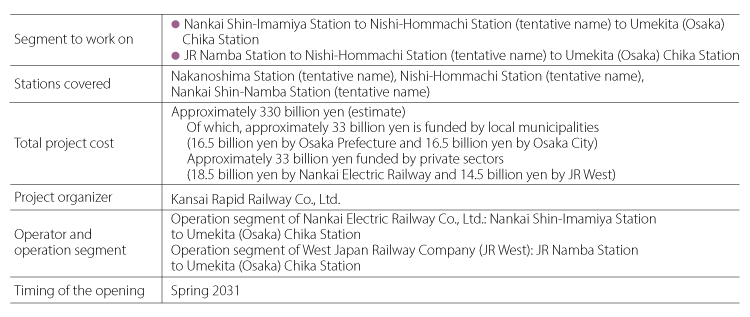
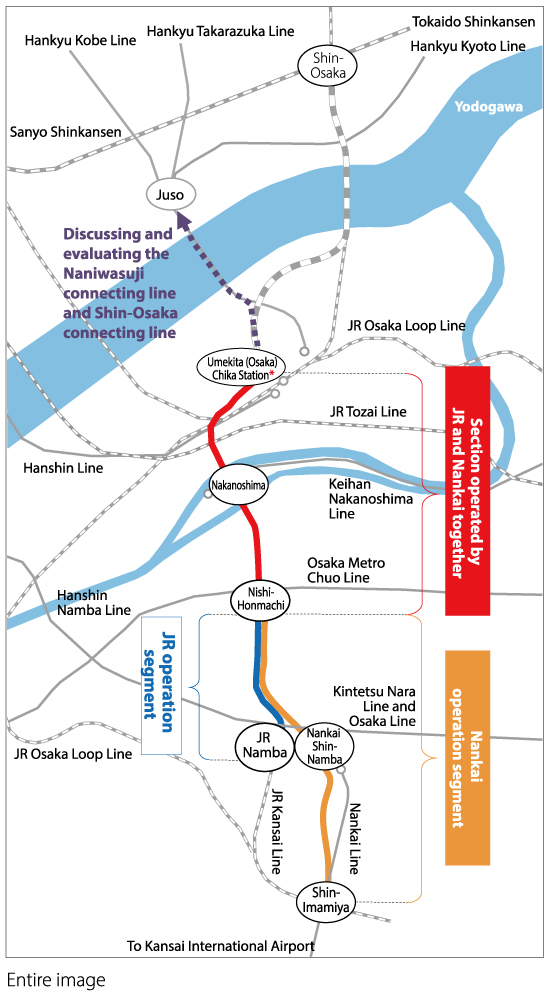
Umekita (Osaka) Chika Station” is the name of the new station set to open in 2023, as part of JR West’s project for converting the Tokaido Branch Line to an underground line and establishing a new station.
Creating new products and services with digital technology
Testing of ticket gate entries with the Visa touch payment system and QR code*
We believe that a company reform for improved operational efficiency and profit structure through increased use of digital technology is essential to respond to the rapidly changing world. To do this, in April 2021, we started testing ticket gate entries with the Visa touch payment system and QR code* in order to “enhance user-friendliness for railway passengers,” “respond to new post-COVID lifestyles through contactless payment,” and measure the effects of using “digitalizing limited-offer passenger tickets.” In December, we extended the testing to our Group’s buses, ferries, and railways, offering “transit discounts” for transits between different operators, which many customers enjoyed. Outside Japan, the use of touch payment without physical tickets is spreading for trains. We believe that the best service is to offer the same environment for tourists visiting Japan. Through these tests, we will continue to set up the foundation to offer such services.
*QR code is a registered trademark of Denso Wave
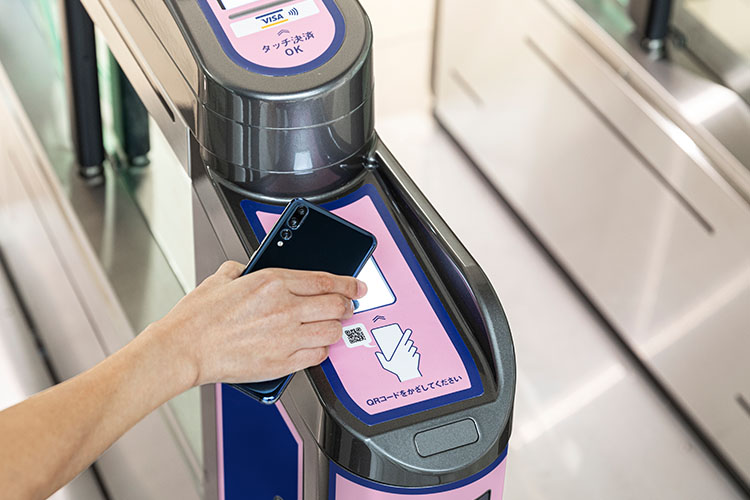
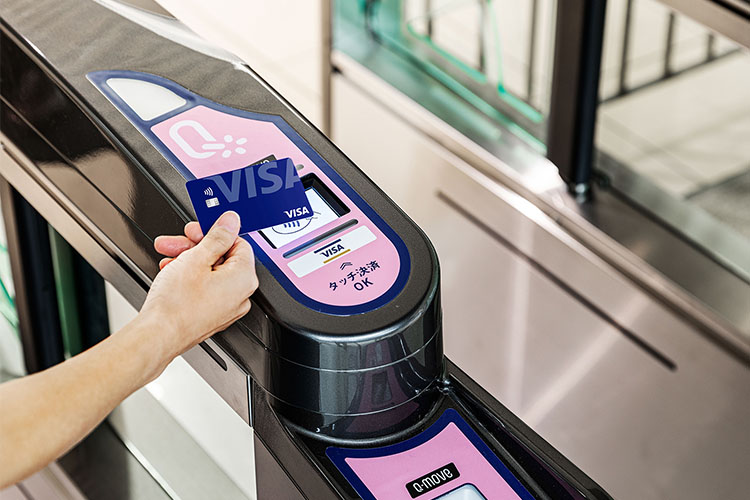
Improved convenience with the “Nankai App”
In December 2019, we started launching the “Nankai App,” making it more user-friendly each year by adding new features, which include basic information (such as the operational status of trains, real-time locations of trains, station information, and information about delays), and restroom availability. It also has a function to distribute coupons that can be used in the areas along our railway lines. In July 2021, the app introduced the operational status of the Hankai Tramway and the train type. In November, we collaborated with other railway operators to connect official apps for checking train location information. In September 2025, we carried out a major renewal of the Nankai App, which enabled the display of "minapita” membership card within the app. We now offer event information, tourist spot information, and shopping center information along the Nankai railway lines. We will continue to expand our services with the aim of “solving customers’ daily concerns” and “creating ‘communities that people would want to live in,’ through collaborative creation with customers.”
Building smart cities
Advancing plans to revitalize Senboku New Town, and the Izumigaoka Station-Front Vitalization Project
Semboku New Town is one of the largest new towns in Kansai, which once boasted a population of 165,000 in 1992. However, more than 50 years after its establishment, the population has dropped to 118,000 in 2020. By 2030, it is expected to drop further to less than 100,000, so declining and aging population is a serious social issue. Meanwhile, new moves that could revitalize Semboku New Town and Izumigaoka are beginning to emerge, such as the plan to relocate Kindai University Faculty of Medicine and Kindai University Hospital to the Izumigaoka area (November 2025). People are also becoming more interested in living in nature-rich suburbs as a result of COVID-19. In addition, Sakai City has launched “SENBOKU New Design” with the aim of creating new value for Semboku New Town, and Osaka Prefecture and Sakai City have positioned Semboku New Town as a key smart-city district. In response to these developments, we are concentrating on the plans to revitalize Semboku New Town and on the Izumigaoka Station-Front Vitalization Project.
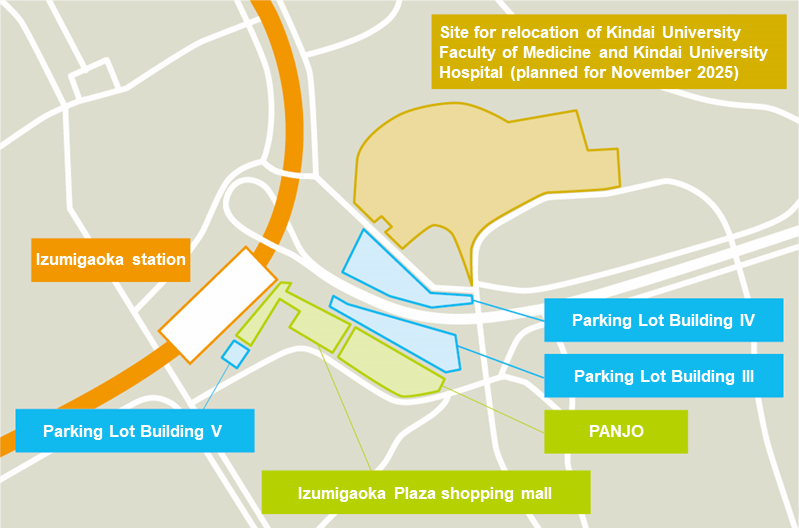
In April 2022, the “SENBOKU New Design Promotion Conference,” which consists of Sakai City, Osaka Prefecture, the Urban Renaissance Agency, Osaka Prefecture Housing Corporation, and our company, updated the Semboku New Town Public Rental Housing Revitalization Plan. Raising the vision of “turning the then commuter-town to a town with more enriched lifestyles,” the revision included “creating living areas for a decarbonized society that blends well with the surrounding environments and landscapes,” and “promoting the development of a smart city,” among others.
In April 2022, we started the reconstruction of Izumigaoka HIROBA Shops & Restaurants for the Izumigaoka Station-Front Vitalization Project. In Izumigaoka Station, which is well-located within 25 minutes from Namba and has nature-rich suburbs with ample greenery, we will create opportunities for young people who will be in charge of the next generation and we will provide “workplaces” and “features to help them raise families,” which has been an issue for the local community, as our contribution towards boosting the local population.
In June 2022, Sakai City, Osaka Gas, NTT West, and our company established the “SENBOKU Smart City Consortium.” Based on the visions of “SENBOKU New Design” and “Sakai Smart City Strategy” and the “SENBOKU Smart City Concept,” public and private sectors will work together as equal partners to advance the initiatives.
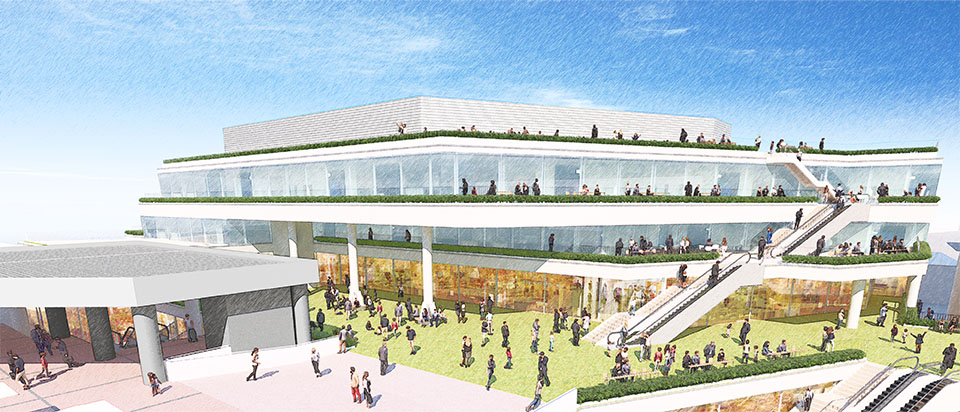
Providing products and services to increase the number of people interacting (tourism to Japan, EXPO 2025, IR)
Tour planning and digital promotion with an eye toward after-Corona
We set “increasing domestic demand during COVID-19” and “preparing for the recovery of demand by inbound tourists after COVID-19” as FY2021 strategies for promoting tourism. To increase domestic demand, we collaborated with municipalities and tourism-related stakeholders and external companies to establish the status of Koyasan as a tourism spot and create tourism areas next to Koyasan. For tourism from overseas, we participated in online business negotiations for overseas travel agents and promoted tourism resources and travel products in the areas along our railway lines to bolster recognition for the areas and expand our sales channels. There are big events coming up in the next few years, including the 1,250th anniversary of the birth of Kobo-Daishi in 2023, the 20th anniversary of the designation of the Sacred Sites and Pilgrimage Routes in the Kii Mountain Range as a World Heritage site in 2024, and EXPO 2025 Osaka. These events and the building of an integrated resort (IR) later are expected to attract more non-Japanese residents and foreign tourists. We are going to work on community development to proactively welcome these people into the areas along our railway lines, and continue creating new values and increase the number of people interacting in the areas along our railway lines.
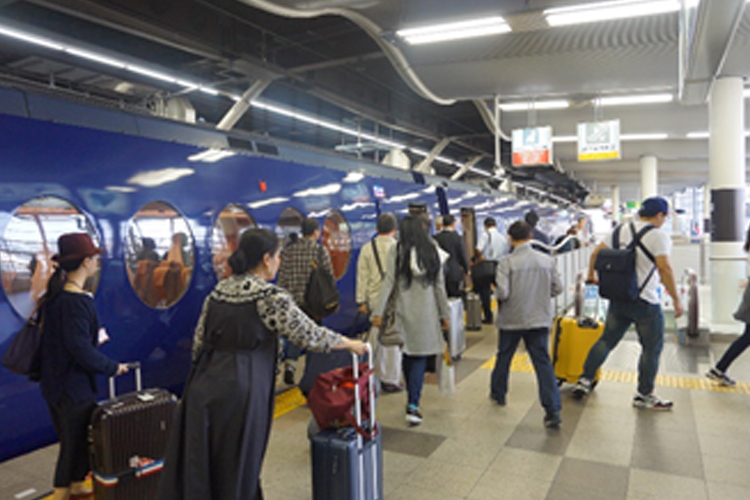
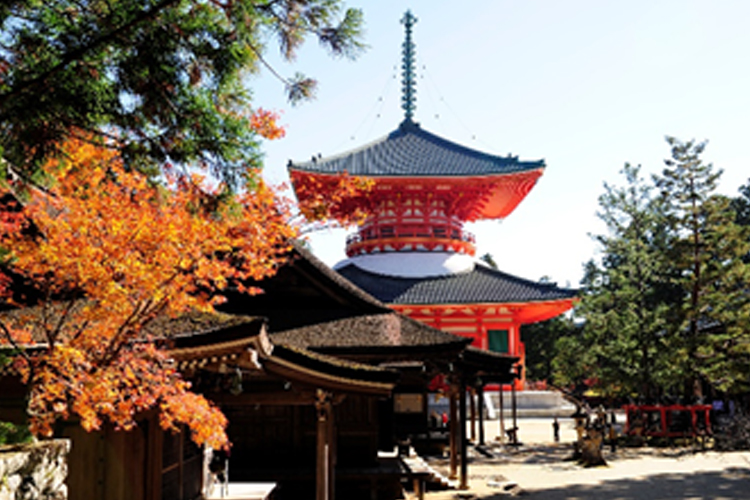
Sustainability Site Map
(materiality)
- Major sustainability themes (materiality)
- Identification processes
- Further seek safety, security, and satisfaction
- Thriving and friendly community development
- Create a future full of dreams
- Achieve an enriched life
- Develop a workplace and staff in a way that enables each person to put their abilities to use
-
Contribute to preserving the global environment
- Environmental philosophy
- Reducing CO2 emissions in response to climate change, promoting the use of renewable energy, and so forth
- Bringing about a circular society
- Preserving biodiversity
- Deepening our environmental management
- Expanding environmental buildings (green buildings)
- Responses to TCFD Recommendations
- Bolster a corporate foundation that is sincere and fair
